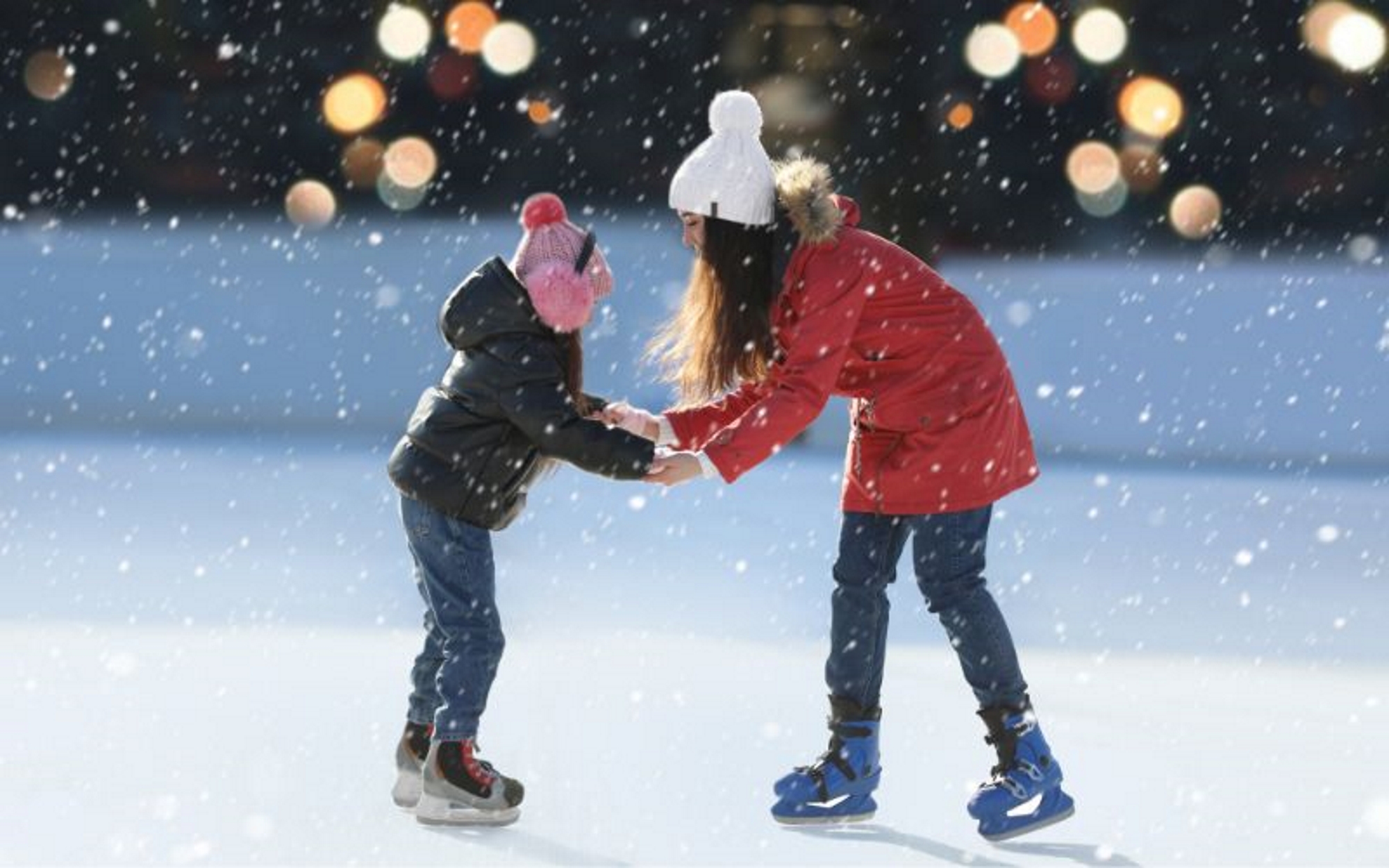
When people think of ice skating, they think of loose-limbed, nimble-bodied people in beautiful costumes who’ve been skating since they were born. Unfortunately, these stereotypes make it very intimidating for beginners who want to learn, and they miss out on all the fun and fitness!
Ice skating is great for joint and muscle health and can help improve balance and coordination. No matter how old you are, let’s look at a few essential ice-skating tips for beginners so you can confidently step into the rink!
Learn How To Fall
The simple fact is that you will fall, and that’s okay! Even professional skaters fall all the time. The important thing is learning how to fall so you don’t injure yourself.
When we fall, our first instinct is to use our hands to break the fall, but this can easily break your wrist or a few fingers. Instead, when you feel like you’re going to fall, bend your knees and allow yourself to fall on your side. Tuck your chin toward your chest to avoid hitting your head on the ice.
Dress for Warmth and Comfort
Part of what draws people to ice skating is the pretty costumes, but they are more reserved for figure skating. Of course, you can step out onto the rink in any fancy unitard you like, but if you’re just getting started, it’s wise to save that for later. Most skating rinks stay at about 50 degrees Fahrenheit, but this can vary, so your first job is to become familiar with the basics of layering.
You’re going to sweat, so you’ll want to get clothing that will allow sweat to evaporate. Lightweight fleece thermals will help keep you warm and dry to stay comfortable on the rink. Other than that, a simple jacket, hat, and gloves should do.
Find the Right Skates
When renting skates from the rink, you want to make sure they fit to reduce any risk of injury. They shouldn’t be too loose at the ankle or toe box, but they shouldn’t be too tight either. Ultimately, you should take the time to try on a few different sizes, and if they start to hurt, you likely aren’t wearing the right size. The same goes for lacing up or clipping your skates. Fasteners should be tight enough so your shoes fit snuggly, but they shouldn’t dig into your feet or restrict blood flow.
Practice Posture
Staying up straight on the ice is about moving your body weight and controlling your balance. Keep your head up while looking in the direction you want to go—this is the most important ice-skating tip for beginners! Often, the first instinct is to look down, but you’ll easily lose control of your direction this way. Once you have the right posture, you’re ready to do the penguin.
To do the penguin, your skates should be shoulder width apart with your toes slightly pointed outward. Slowly shift your body weight from one side to the other like a waddling penguin! When you become comfortable with this motion, you’ll eventually be able to go a little faster, and then gliding becomes a breeze. Don’t be embarrassed to stay by the wall if it’s your first time. The important thing is to be safe and have fun.
An alternative form of skating ideally suited for the hot months and done outdoors is inline skating or rollerblading. In effect, allowing you to skate all year long and no matter where you live or what climate you live in.